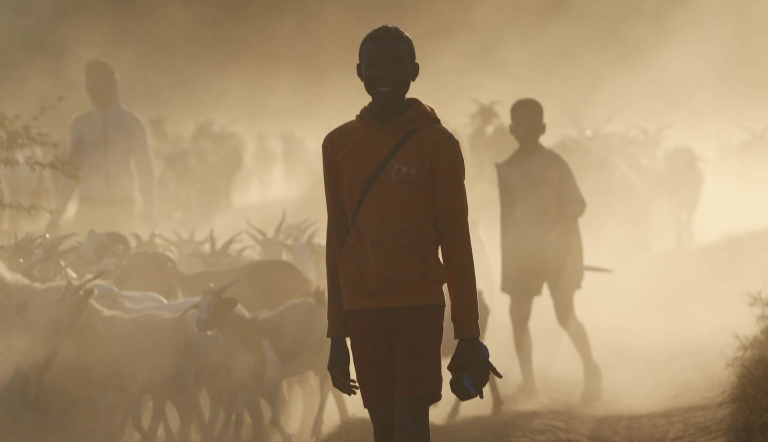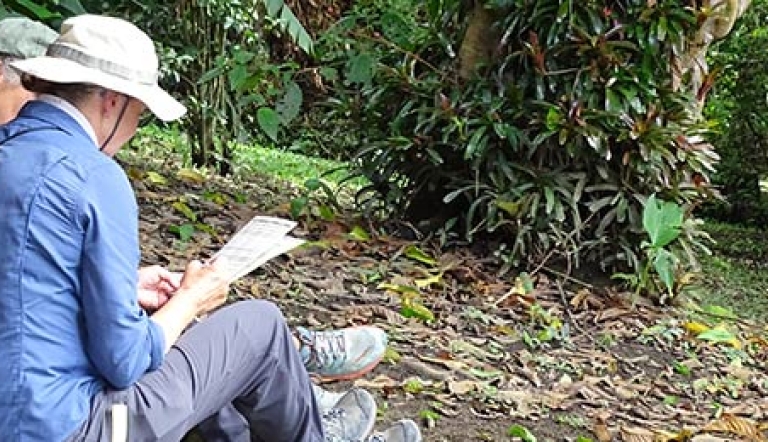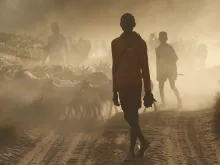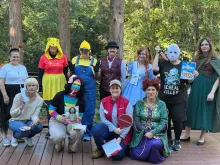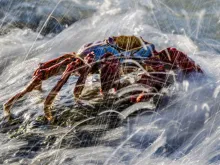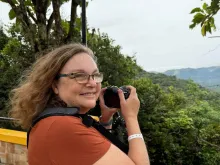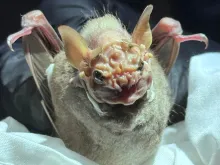Scientists can’t be everywhere at once, which is why they sometimes rely on the eyes and ears of volunteers to make observations and collect data. If you love birds and want to help protect them, consider becoming a citizen scientist—many projects require little more than an Internet connection and a willingness to help. Here are five to consider.
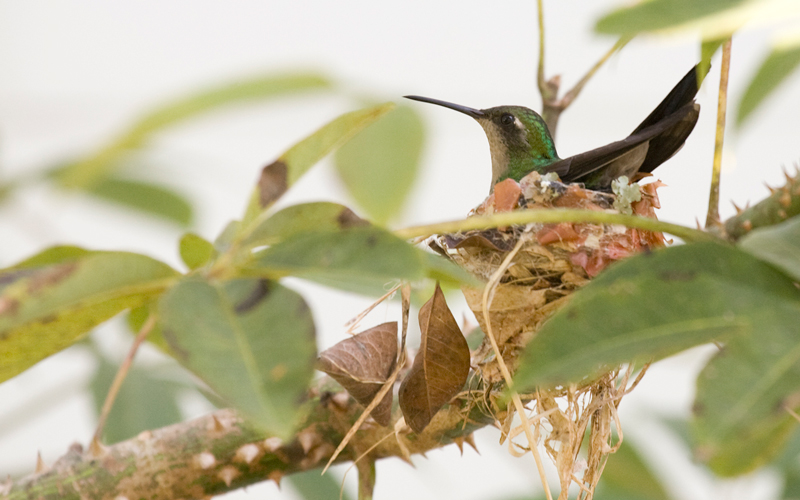 Cuban Emerald on a nest by Laura Gooch
Cuban Emerald on a nest by Laura Gooch
NestWatch
Through the Cornell Lab of Ornithology's NestWatch, volunteers nationwide can monitor bird nests to help scientists better comprehend current conditions of breeding bird populations and how they may be changing over time.
What you’ll do: Observe bird nests and record information such as species, when nesting occurs, number of eggs laid, how many hatch, and how many hatchlings survive.
What you’ll need: Notebook and pen or other device to record observations; Internet access to upload observations through the website or the NestWatch app
Learn more: https://nestwatch.org/
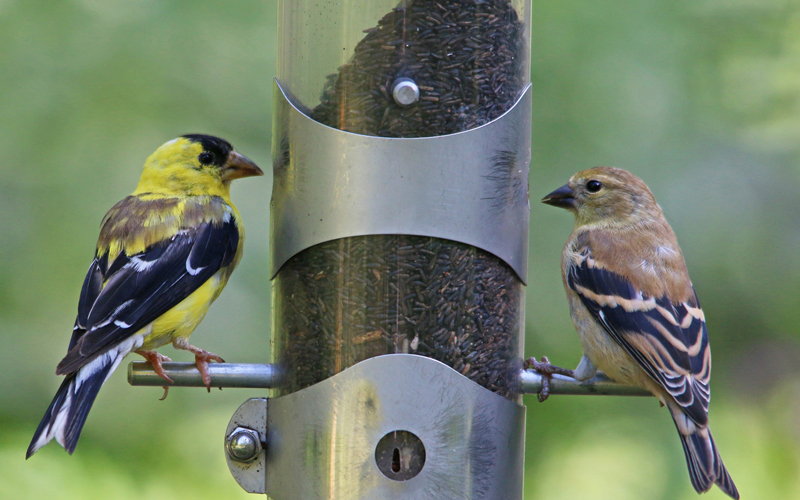 American Goldfinches by Jake Scott
American Goldfinches by Jake Scott
Project FeederWatch
Another of the Cornell Lab's citizen science projects, FeederWatch is a winter-long (November-April) survey of birds that visit feeders at backyards, nature centers, community areas, and other locales in North America.
What you'll do: Observe and tally birds at your backyard feeder during the winter months and report your findings. The project is open to all skill levels.
What you'll need: A bird feeder and seed; when you sign up, you'll receive a Research Kit with more information. There is an annual participation fee of $18 for US residents ($15 for Cornell Lab members).
Learn more: https://feederwatch.org/
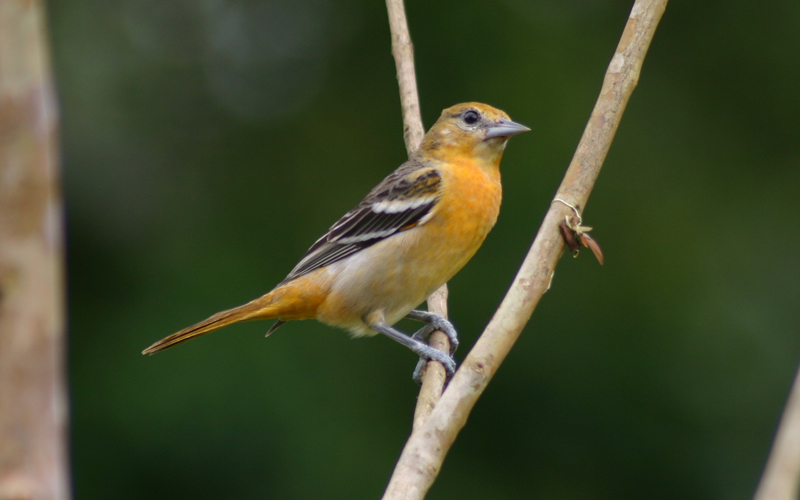 Female Baltimore Oriole by Joaquin Garcia
Female Baltimore Oriole by Joaquin Garcia
Female Bird Song Project
Until recently, researchers believed that male birds were primarily the ones who sang, while female bird song was considered to be a rare trait. But a 2016 review of song samples from around the world showed that not to be the case. Now, researchers are trying to gain a more complete picture of female bird song.
What you’ll do: Identify female birds and submit field notes, pictures, video, and/or audio recordings to eBird (all media types) or xeno-canto (only audio).
What you’ll need: An eBird or xeno-canto account; a recording device (like a smartphone)
Learn more: http://femalebirdsong.org/
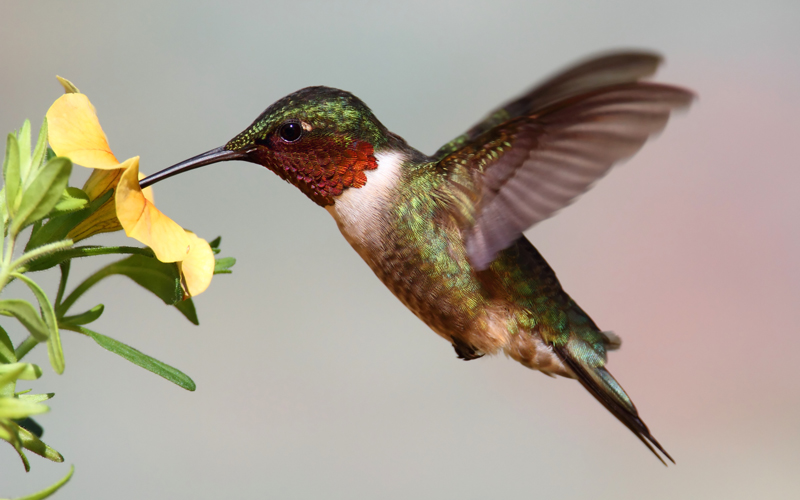 Ruby-throated Hummingbird
Ruby-throated Hummingbird
Journey North
Join citizen scientists across North America in helping Journey North track the migration of hummingbirds traveling to and from their wintering grounds. Between August and October, hummingbirds have fattened themselves up with nectar and are prepared to fly hundreds or even thousands of miles for the winter. As spring advances, from February to June, sunlight increases, temperatures rise, flowers bloom, and hummingbirds return. For this project, you can help observe these seasonal changes and report hummingbird sightings.
What you’ll do: Volunteers register and report sightings of hummingbirds on the Journey North website
What you’ll need: No experience is required and reports can be submitted online; all that is needed is a willingness to help!
Learn more: https://journeynorth.org/hummingbirds
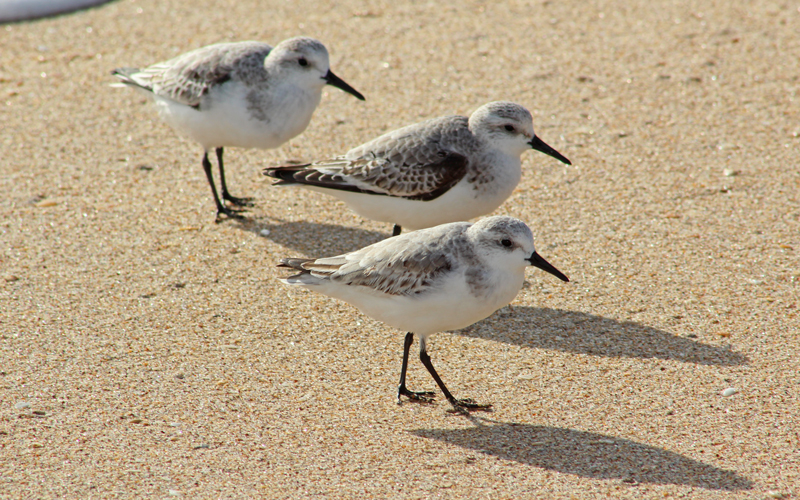 Sanderlings by Jake Scott
Sanderlings by Jake Scott
Spotting Banded Birds
For more than 20 years, scientists have been banding and tracking shorebirds like Red Knots, Semipalmated Sandpipers, Ruddy Turnstones, Sanderlings, and American Oystercatchers, which travel along migratory flyways. Volunteers can help contribute to the database to offer insight into the birds’ migration routes, nesting, and wintering areas.
What you’ll do: Identify and record banded birds (including flag letters and numbers, if you can read them) within each flock and count the total number of birds of each species present.
What you’ll need: Binoculars, a scope, or a camera with a telephoto lens
Learn more: http://bandedbirds.org/
Originally published June 2018; last updated March 2024


